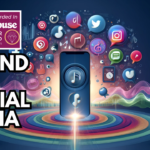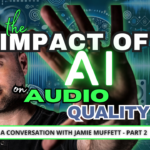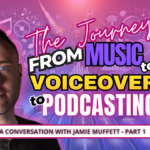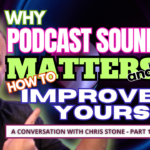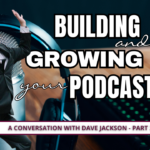In the Clubhouse: AI in Podcasting – Part 1 “With AI coming along, I sort of look at more things being added into the workflow over the last year or so. A lot of it is, like, transcription, but also, ‘how are we gonna title the podcast?’ Show notes being written, I’m a little bit […]
podcasting
In the Clubhouse: Sound in Social Media – Part 1
In the Clubhouse: Sound in Social Media – Part 1 “People either have a vision of a Utopian wonderland out there, that we’re going to create all this amazing stuff with AI, or, on the flip side, everybody thinks it’s going to be a dystopian wasteland when we start using AI, and everybody’s going to […]
AI and its Impact on Audio Quality: A Conversation with Jamie Muffett – Part 2
AI and its Impact on Audio Quality: A Conversation with Jamie Muffett – Part 2 “Specifically as it relates to voiceover, that was, the whole industry has shifted hugely, as you know, and it has democratized the industry a huge amount, which is, you know, I appreciate. You know, some people made a lot of […]
The Journey from Music to Voiceover to Podcasting: A Conversation with Jamie Muffett – Part 1
The Journey from Music to Voiceover to Podcasting: A Conversation with Jamie Muffett – Part 1 “There was one we did a few years ago. This was while COVID was going on and it was with Nicolas Cage. And he was such a surprising guy. I mean, we all know, kind of… He’s an unusual […]
Why Podcast Sound Quality Matters and How to Improve Yours: A Conversation with Chris Stone – Part 1
Why Podcast Sound Quality Matters and How to Improve Yours: A Conversation with Chris Stone – Part 1 “An intro video needs to let people know, ‘Hey, this is who the show’s for, and this is what you’re about to see, what you’re about to witness.’ And that audio is a huge component of it. […]
Building and Growing Your Podcast: A Conversation with Dave Jackson – Part 2
Building and Growing Your Podcast: A Conversation with Dave Jackson – Part 2 “I was, like, on tour, I spent twenty hours driving all over Ohio, talking to different places. And I work from home, so I don’t drive a ton. And now I was, and I was listening to all these podcasts, and I […]

